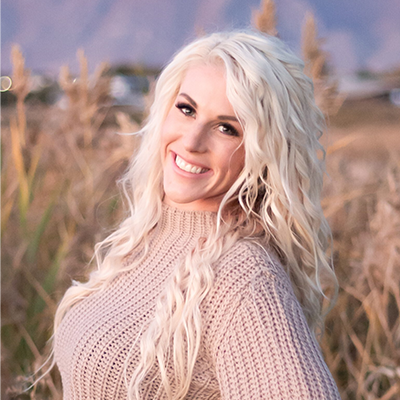When planning production for your livestock operation, you have likely noticed some crossover between the definitions of grazing management and grazing strategy. Both are critical to your level of success with rangeland resources, but they represent two different spheres and are not “apples to apples,” per se. Let’s explore this a little further…
Grazing Management Encompasses Your Grazing Strategies
Grazing management is a technical, overarching process and set of enterprise-level goals used to care for the rangelands your livestock graze on. It not only plays a key role in the amount and quality of the forages available from year to year, but it also affects the quality of your livestock and the profitability of your operation. At this level, you need to develop an understanding of available forage species and how the types and classes of livestock you’re bringing to the range will generally adapt.
Grazing strategies are sets of flexible, actionable items that make up your range management plan. They should tie closely with specific goals of your operation for the time period. Here, you can decide what grazing methods you will employ for the season and plan stocking rates, forage utilization, and nutrient cycling. At this level, you need to understand how your grazing strategies will affect plant growth, livestock performance, and the health of native wildlife.
Examples of Grazing Management Versus Grazing Strategies
Scenario 1
Your operation has access to new rangeland on a long-term contract. Based on your research of area forage resources, rainfall averages, and types of wildlife, you determine that you will take 50% of available forage from your landscape annually. This is grazing management.
With the 50% cap in mind, you use forage budgeting as a forage utilization tool and figure your livestock will consume 25% of available forage while the other 25% will disappear by other means—whether from lack of rainfall, consumption by wildlife, disease, or a combination of factors. These percentages are flexible. You then plan trigger points to help you decide when to remove your livestock from the rangeland and begin monitoring the landscape. This is a grazing strategy.
Scenario 2
Each year, your target date to put livestock on pasture is May 20. This has worked well for you historically because the date fits well with your rangeland’s forage life cycles and the production and marketing schedules of your livestock operation. This is grazing management.
Some years, there’s substantial drought in your area, and spring is starting out dry. If you can’t get your cattle on pasture by mid-May, you’ll have to buy forage. You plan to keep close watch on your rangeland, and as long as standing forage is at least 4 inches high, you’ll move cattle to pasture on May 20. Otherwise, you’ll do some spring culling, purchase forage, and adjust your pasturing date. This is grazing strategy.
How PRF Insurance Works with Grazing Management and Grazing Strategies
While rainfall can be unpredictable, historical averages are a way you can tell what to expect from your rangeland each year, and good grazing management accounts for this. How, then, can you protect against lack of rainfall? By securing Pasture, Rangeland, and Forage (PRF) insurance for your livestock operation.
A PRF policy will provide you cash indemnity payments when rainfall in the covered area falls below 90% of the 70-year average. It’s available in two-month intervals and you can insure for up to six two-month intervals per year. You can make your policy’s benefits part of your grazing strategy if you experience a loss of available forage during the season.
To learn more about PRF insurance or to request a free quote, please fill out our online form or call Redd Summit Advisors at 1-800-825-2355.





.webp)




